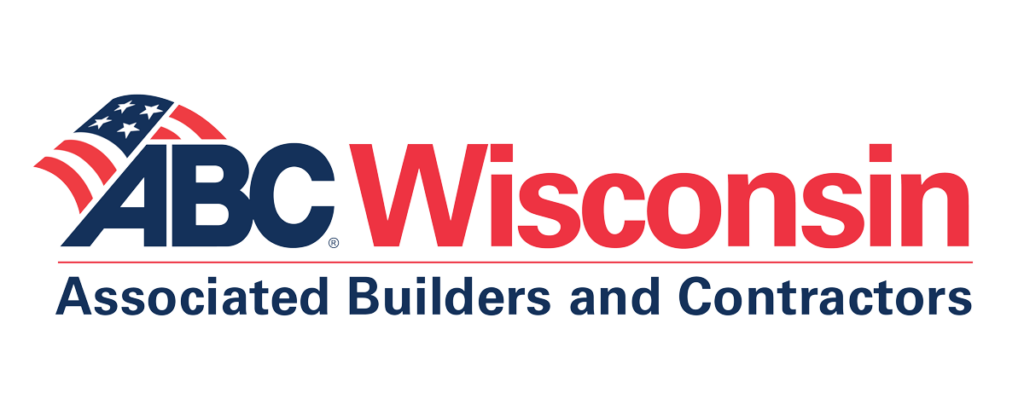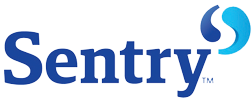By Samie Gossfeld, Verona Safety
Summer is here, and along with it comes inevitable heat stress and heat illness on jobsites. OSHA’s National Emphasis Program (NEP) on Outdoor and Indoor Heat-Related Hazards began in 2022 and is still active in 2025. This was implemented to protect employees from heat-related hazards and resulting injuries and illnesses. The NEP expanded on OSHA’s ongoing heat-related illness prevention initiative and campaign by setting forth a targeted enforcement component and reiterating its compliance assistance and outreach efforts.
Workers are at risk whether they are working indoors or outdoors, so we all need to plan ahead and educate our people of the potential hazards. Here are a few quick and dirty tips to prepare and be aware!
Make sure to provide training on heat illness to all workers and have an emergency plan. Heat illness is preventable by adding simple behaviors to the workday routine. For example: drink cold water, take scheduled rest breaks in the shade or under a tent, wear lighter colors and loose-fitting clothing, and be conscious to check in with other workers.
Be aware of the signs of heat illness in others around you. This can include slurred speech, abnormal behavior, seizures, or loss of consciousness. Be aware of your own symptoms as well. Headaches, nausea, dizziness, and decreased urine output are all early signs of heat stress.
Another thing to keep in mind is that not everyone’s body deals with heat in the same way. Some workers have a lower heat tolerance than others. This can be due to a variety of personal risk factors, such as: obesity, diabetes, heart disease, high blood pressure, medication use, alcohol use, or other drug use. All of these factors can increase the risk of dehydration differently for each individual.
Hydration is key to avoid heat illness, as the term goes “Don’t Wait, Hydrate!” The body cools itself by sweating and sweating can lead to dehydration. Drinking water frequently and staying on a regular meal schedule is important.
Employers can encourage hydration by putting a few helpful procedures in place. For example: stocking work areas with cool water (Less than 60 degrees), offering a cooling station or shaded rest break area, providing electrolyte products, and designating a relief person to bring water directly to workers who can’t leave their work area.
Taking this prevention plan a step further, physiological monitoring can be done to keep an eye on symptoms. Workers’ bodies produce automatic responses to cope with heat stress. Heart rate and sweating increases. Eventually skin temperature and core body temperature rise. These physiologic responses can be measured by workers or employers. Workers can be trained to count their pulse. Heart rate monitor wristwatches are also available. Some employers even monitor weight changes during a work shift as a measure of water loss from sweating. Body temperature can be measured by oral, skin, and eardrum thermometers.
Bottom line is that heat-related injuries are preventable with proper planning — we as employers should all have a written plan.











